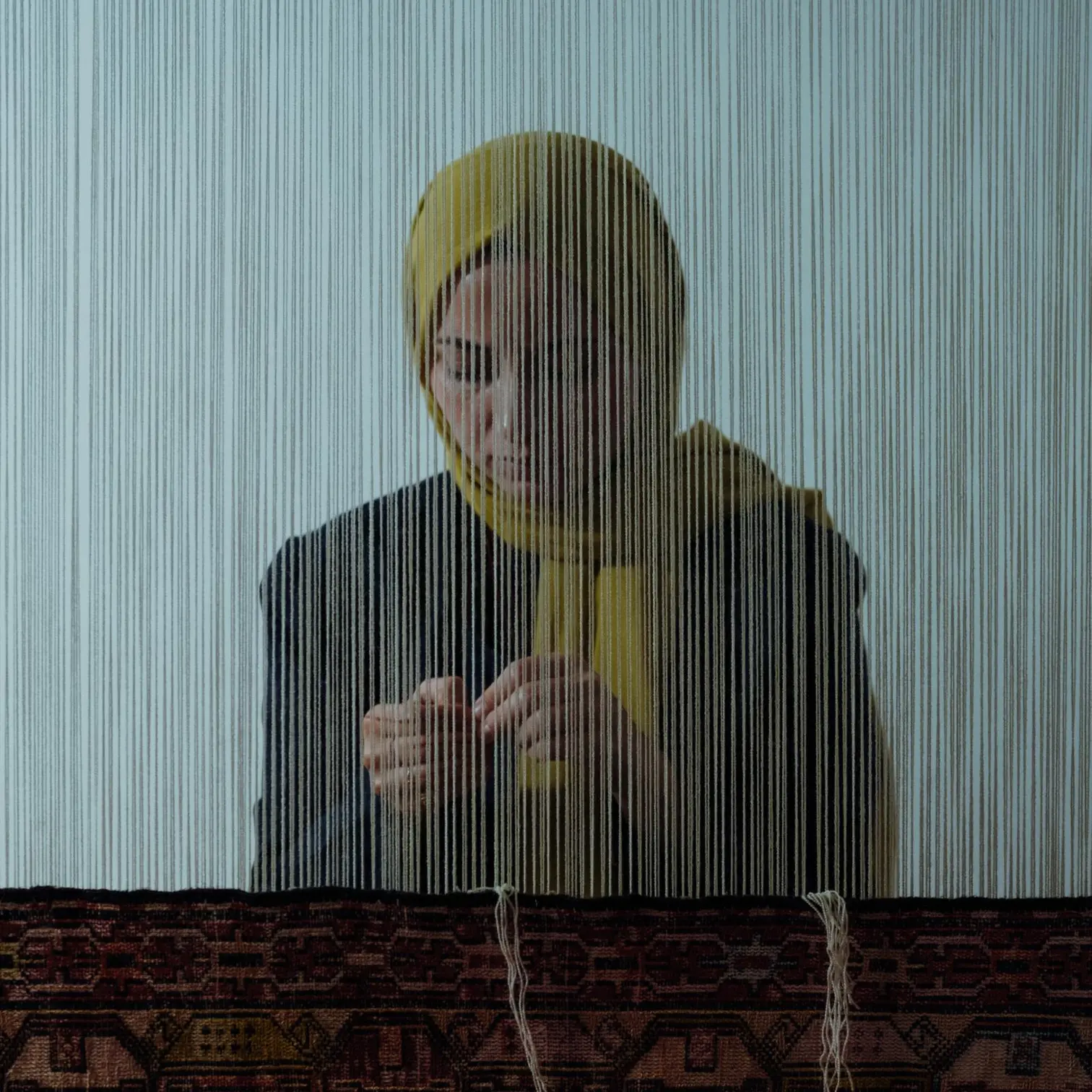In the artists’ words:
In Anatolian weaving traditions, the chest motif represents the literal dowry chests of young women who reached marriageable age. By weaving this symbol into their carpets, they were expressing to the world that they were ready for marriage, that their dowries had been prepared.
But for me the chest holds a dual meaning: both as a storage chest and as a human chest, the source of breath and voice. This connection became even more meaningful in this piece, where, for the first time, I incorporated the ney, an Anatolian wind instrument I first learned to play during my university years. The act of blowing air into the ney—a breath emerging from the chest—felt deeply linked to the essence of this motif.
A chest is not just a symbol of preparation but also of transition, a story of separation. It holds the joy of an awaited union, yet it also signifies leaving home, stepping away from one’s roots. This reminded me of Rumi’s famous verse about the ney: “Listen to the reed, for it tells a tale of separation.” Just like the ney mourns its departure from the reed bed, a woman weaving this motif may feel both anticipation and sorrow, knowing that marriage brings both reunion and farewell. With this in mind, I chose to infuse the breath of the ney into this piece, linking it to the chest motif to reflect the complex emotions of hope, longing, and transition.
